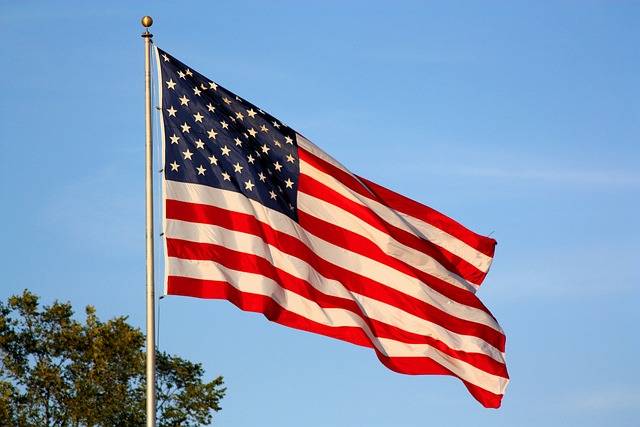Event
Patriotic Pride: Exploring the Symbolism Behind American Flag on the 4th of July
The 4th of July, also known as Independence Day, is a day that holds immense significance for Americans. Fireworks, barbecues, parades, and most notably, the vibrant display of the American flag fill this day. The flag represents the principles and values upon which the United States was founded, and as such, it holds deep symbolism that evokes emotions of pride, unity, and freedom. In this article, we will delve into the meaning behind the American flag and how it symbolizes the essence of the 4th of July celebrations.
The Historical Roots of the American Flag
The American flag’s evolution is an essential aspect of understanding its symbolism. The current design, consisting of thirteen red and white stripes and fifty stars on a blue field, represents the original thirteen colonies that rebelled against British rule and the fifty states that currently comprise the United States. The stripes symbolize the valor and hardiness of the American people, while the stars showcase the unity and growth of the nation.
Symbolism of the Colors
The colors of the American flag carry significant symbolism, reinforcing the spirit of the 4th of July celebrations. The bold red represents valor, courage, and resilience: traits that Americans have displayed throughout their history. The pristine white embodies purity and innocence, signifying the pursuit of justice and equality. Lastly, the vibrant blue represents vigilance, perseverance, and determination, traits that the American people have embraced as they fought for and uphold their freedom.
The Star-Spangled Banner
Francis Scott Key’s poem, “The Star-Spangled Banner,” written in 1814, adds an additional layer of symbolism to the American flag. The poem narrates the defense of Fort McHenry against British forces, recounting how the sight of the American flag still waving amidst the bombardment inspired hope and courage. Today, this poem serves as the national anthem of the United States and further solidifies the patriotic pride associated with the flag.
Unity and Diversity
Beyond its historical roots and symbolic colors, the American flag represents the unity and diversity that is cherished within the United States. The fifty stars on the blue field symbolize the fifty states unified under a singular federal government, illustrating the diverse identities and cultures that come together as one nation. The American flag symbolizes the essence of the 4th of July celebrations by reminding Americans of their shared values and their ability to forge a harmonious society despite their differences.
Proud Displays and Iconic Moments
Throughout history, various iconic moments have further consolidated the American flag’s symbolism on the 4th of July. From the raising of the flag on Iwo Jima during World War II to Neil Armstrong planting it on the moon during the Apollo 11 mission, these proud displays highlight the triumphs, sacrifices, and achievements made by Americans, instilling a sense of pride and unity among the nation’s citizens.
Conclusion
The American flag is not merely a piece of fabric; it is a powerful symbol that represents the essence of the 4th of July celebrations and the spirit of America. Its historical roots, symbolic colors, and iconic moments all contribute to its significance. The flag embodies the values, unity, and diversity that Americans hold dear, rallying citizens around a shared sense of pride, patriotism, and freedom. As we celebrate the 4th of July, let us remember the symbolism behind the American flag and continue to honor and cherish the principles it represents.
